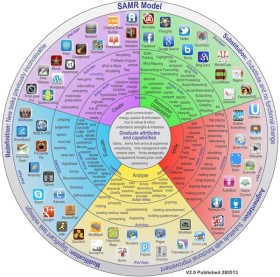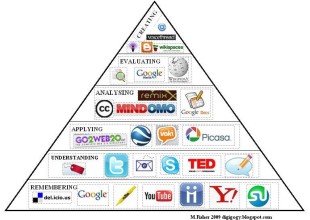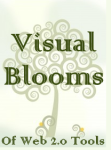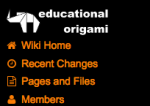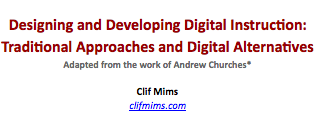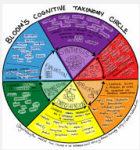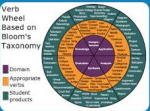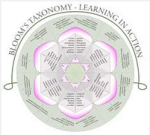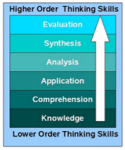Bloom's Revised Taxonomy
Andrew Churches explains that this “is an update to Bloom’s Revised Taxonomy which attempts to account for the new behaviours and actions emerging as technology advances and becomes more ubiquitous. Bloom’s Revised Taxonomy describes many traditional classroom practices, behaviours and actions, but does not account for the new processes and actions associated with Web 2.0 technologies, infowhelm (the exponential growth in information), increasing ubiquitous personal technologies or cloud computing.
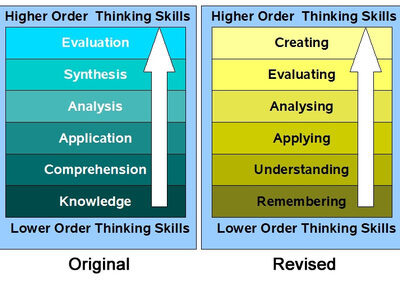
Bloom's Digital Taxonomy
Bloom’s Digital Taxonomy isn’t about the tools or technologies rather it is about using these to facilitate learning. Outcomes on rubrics are measured by competence of use and most importantly the quality of the process or product. For example. Bookmarking a resource is of no value if the resource is inappropriate, invalid, out of date or inaccurate. “Bloom’s Digital Taxonomy lends itself to problem and project based learning where the student must work through the entire process of development and evaluation. The 21st Century Fluency Project’s 6D model for Solution Fluency is an excellent example of how to work through the project or problem based learning framework” (Source).
